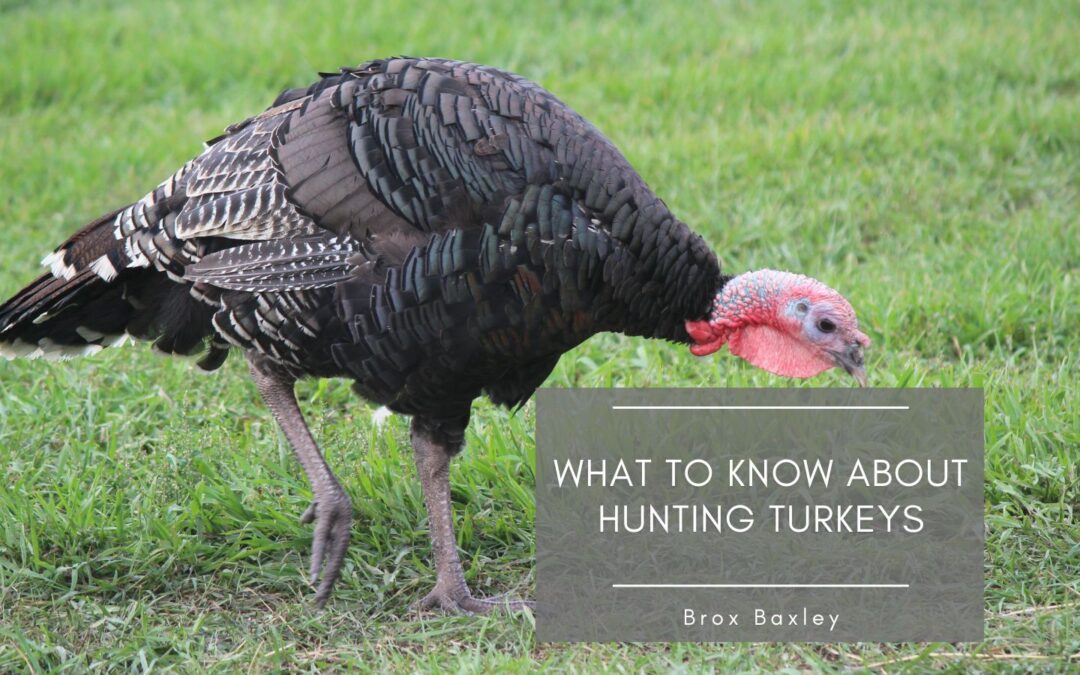Hunting turkeys is an activity that combines skill, patience, and a deep understanding of the natural world. Whether you are a seasoned hunter or a beginner, each turkey hunting experience can be unique and challenging. As turkey hunting continues to be a popular sport in many regions, equipping oneself with the proper knowledge and skills is paramount for a successful and responsible hunt.
The practice of turkey hunting has a rich history in North America, where the wild turkey is native. Initially, turkey hunting was a means of survival and sustenance for indigenous peoples and early settlers. However, with the advent of modern civilization, turkey populations faced significant declines due to overhunting and habitat loss. The 20th century saw concerted conservation efforts, successfully restoring turkey populations in many areas. Today, turkey hunting is regulated to maintain sustainable populations, with specific seasons and regulations set by wildlife agencies.
Turkey hunting requires understanding the bird’s behavior, habitat, and biology. Wild turkeys are known for their wariness and sharp senses, particularly their keen eyesight. They inhabit diverse environments, from hardwood forests to grasslands, adapting their behavior to these habitats. Spring and fall are peak seasons for turkey hunting, with the spring season being trendy due to the mating rituals of turkeys, which can be exploited by hunters using calls and decoys. Understanding these aspects is crucial for anyone pursuing this challenging and rewarding sport.
Hunting Strategies
Effective turkey hunting strategies are grounded in understanding turkey behavior and using appropriate tactics. One key system is calling. During the spring season, male turkeys (toms) are exceptionally responsive to calls that mimic a hen. Hunters use various calls, like yelps, clucks, and purrs, to attract toms. It is critical to master these calls and understand the right time and intensity to use them.
Camouflage is another vital aspect. Turkeys have excellent vision, so hunters must blend seamlessly into their surroundings. This includes wearing camouflaged clothing and remaining still, as turkeys can detect slight movements.
Additionally, setting up in the right location is crucial. Hunters need to identify roosting areas, feeding spots, and travel routes. Being in a place where turkeys naturally want to be increases the chances of a successful hunt. This often involves scouting the area beforehand.
Using decoys is also a popular strategy. Decoys can lure a tom into range, especially during the mating season when they are looking for hens. However, using baits must be strategic; improper placement or the wrong type of decoy can have the opposite effect.
Essential Equipment
The right equipment is essential for successful turkey hunting. A primary piece of equipment is the shotgun. Shotguns suitable for turkey hunting typically have a tight choke for a concentrated shot pattern and are often camouflaged. The choice of ammunition is also crucial, with many hunters preferring turkey-specific loads that provide a dense, powerful shot pattern at greater distances.
Optics are another essential aspect. A quality pair of binoculars helps spot turkeys at a distance without disturbing them. This is crucial for planning the approach and setting up for the shot.
Various call types are used, including box, slate, and diaphragm. Each type has its advantages, and many hunters carry multiple calls to adapt to different situations and turkey responses.
Camouflage clothing, as mentioned, is vital. This includes a camo jacket, pants, hat, and face mask. Additionally, comfortable, durable boots are necessary for navigating the often rugged and varied terrain where turkeys are found.
Lastly, a portable and comfortable seat or cushion can be a game-changer, as hunters often wait long before a turkey comes into range.
Ethical Considerations
Ethical considerations are paramount in turkey hunting. One of the core tenets is following state and local regulations, which are designed to ensure sustainable turkey populations. This includes adhering to season dates, bag limits, and legal shooting hours.
Responsible hunters also prioritize humane harvesting practices. This involves aiming for a clean, quick kill to minimize suffering. Knowledge of turkey anatomy and practicing shooting skills are essential to achieve this. Hunters are encouraged to take shots only when confident of a clean kill, typically at a range where their shotgun’s pattern is effective and concentrated.

